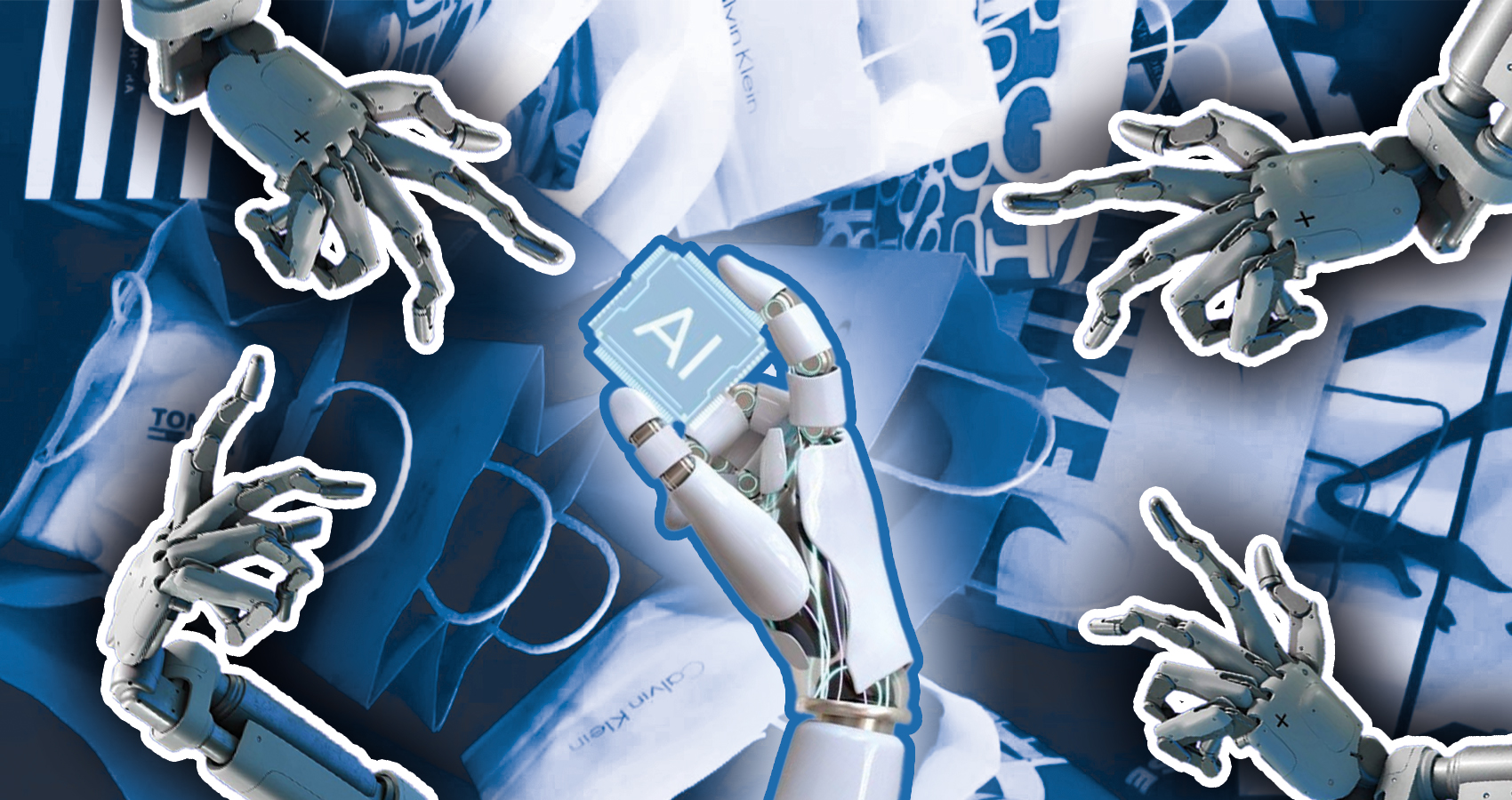
The Dark Side of AI Shopping: Losing Your Personal Style to Algorithms
How AI shopping assistants quietly reshape what personal style means.
ChatGPT has just added shopping to its ever-expanding list of features. From assistant to therapist and now personal shopper, there seems to be no limit to what it can do.
The Appeal of AI Shopping
Online shopping has already become the norm, offering unparalleled convenience by skipping the queues and delivering straight to your door. Just tell ChatGPT what you’re looking for and it will generate a tailored list of options for you.
At first glance, this AI shopping assistant is a dream come true. For many, the convenience alone is a game-changer. It’s a tool that offers a personalised experience, learning from your past purchases and preferences to refine future recommendations.
It’s a great feature in theory, reducing decision fatigue, helping you find exactly what you want, and making the shopping process quicker and more efficient. But this convenience has its downsides, particularly for your personal style.
Style is a Journey, Not a Destination

Style is not just about the clothes we wear. It’s about expressing who we are, experimenting with different looks, and discovering new aspects of ourselves. It’s a muscle that needs to be worked and refined over time. And just like any skill, it requires trial and error.
Yes, it’s often a hassle to scroll through pages of similar items, each with just a slightly different detail. But it’s the exposure to different options that allows you to experiment, build confidence, and evolve your wardrobe.
How else are you supposed to know what you like, unless you step out of your comfort zone?
But ChatGPT removes this vital part of the process, as it delivers curated selections based on your past behaviour, which in turn narrows your choices.
The Perils of Predictability

Another concern is the sheer predictability of AI-driven shopping. While it’s true that AI can learn from your past purchases, it’s worth remembering that personal style is not static.
People change and tastes evolve. What you liked six months ago may not necessarily resonate with you today.
Also, the fashion industry moves quickly and AI, while impressive, is more reactive than proactive. It can anticipate your needs, yes, but only based on past data.
Relying too heavily on AI to recommend pieces risks keeping you stuck in the past. ChatGPT might base its suggestions on what you’ve bought before, but it doesn’t account for what you might want to buy now.
Lack of Serendipity and Discovery

One of the most exciting parts of shopping, whether online or in person, is the potential for serendipity. There’s nothing quite like the joy of discovering something completely unexpected but perfect for you.
But by allowing AI to search through clothes for you, it filters out the unknown and risks eliminating those moments of discovery that make shopping truly enjoyable and personal.
And yes, you can still browse Instagram or Pinterest for style inspiration, but these platforms offer a curated view of the world, often guided by trends or popular aesthetics. Relying on these sources does not truly allow you to exercise your style muscle.
You're not actively engaging with individual items, assessing how they might work together, or experimenting with different looks. Instead, the work has already been done for you.
Finding the Right Balance

Of course, AI shopping assistants like ChatGPT aren’t all doom and gloom. The feature can be great for one-off purchases when you know exactly what you need.
But as convenient as this is, it’s important to remember that style is about more than just efficiency. It’s about curiosity, experimentation, and the thrill of the unexpected. Don’t let ChatGPT do all the heavy lifting, because in the end, your personal style should be just that personal.











